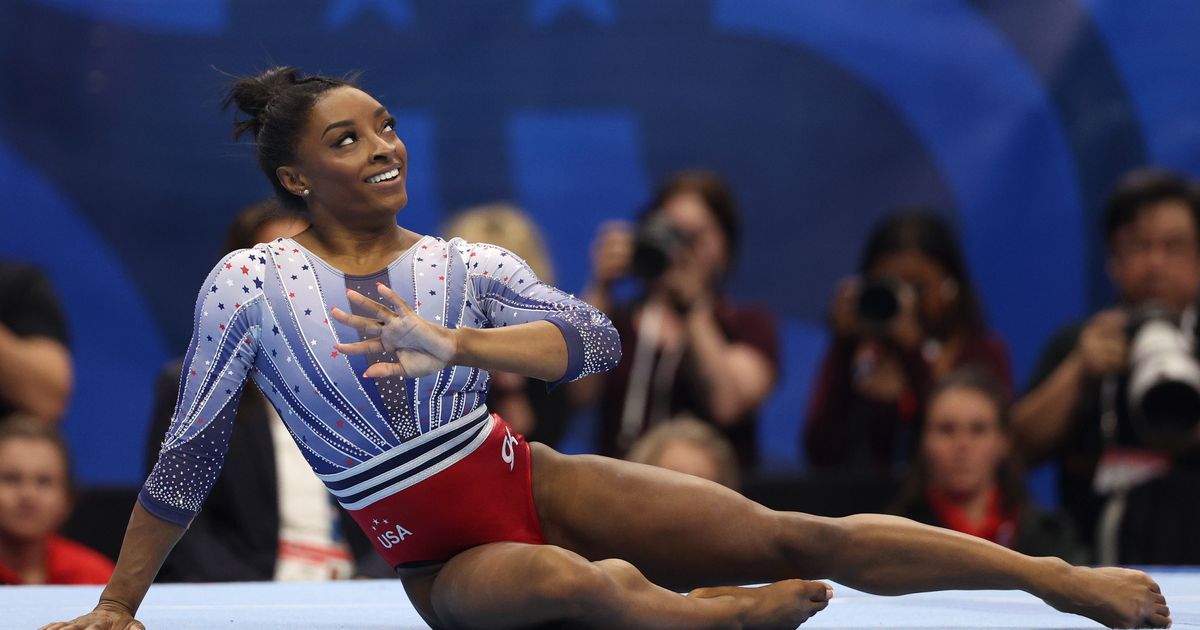Book review: The Displaced – Freedom News

A poignant story about a couple trying to understand each other, against the backdrop of Europe being a turning point
For all those who think of war, refugees and displaced persons in these difficult times, Sharif Gemies The displaced is a timely and important intervention. The author has been here before. As an academic historian, he published The outcast Europe. The author goes beyond the boundaries of history to write a novel that deals with displacement – individual and collective. While the story takes place largely in the ruins of post-1945 Europe, it recalls the effects of the war on the colonized Middle East and the famine in Bengal that was “made in Britain.” For the main characters Edmund and Eleanor, 1945 represents the chance for a better world.
We meet Edmund Jenkin, looking back on his life after the tragic death of his wife Eleanor. He is searching for his “own story” and trying to “calm the storm in his head” (p. 17). They met through a mutual friend, Muriel, who worked in Edmund’s second-hand bookshop in London. After a short flight to Somerset, away from the Blitz, they return to London. Edmund is unable to fight due to a diagnosis of epilepsy, but volunteers for the fire service. Then, in April 1945, Edmund and Eleanor join the United Nations Relief and Rehabilitation Administration (UNRRA), leaving Muriel behind in London. When they arrive in France, they are trained to work with displaced persons (DPs), idealistically hoping that “a new world will rise on the ruins of the old” (p. 73). But already things get complicated: the old world is still there. In modern America, racial segregation prevails and backward-looking Britain – or at least its officer class – is still shaped by the Empire – and is afraid of the new “socialist” government.
Making their way into Germany, the UNRRA team traverses the brutal countryside, including Pierre, a French doctor, and Dan, an English communist trade unionist and secular Jew. Eleanor and Edmund don’t like what they see at the border: a sign that bluntly reads “No Fraternization.” But what about those who opposed Hitler? They soon encounter resistance fighters in the form of Italian anti-fascists who are left dying in a barn as the SS flee. One of them, Matteo, had helped Eleanor when she arrived in London as a vulnerable adult, leaving her with his oppositional, Gramsci-influenced Marxism. Our mental world is shifted as we assumed the victims of the SS were Jews. The idea of people as stereotypes is also challenged when the UNRRA team meets Hildegard, a German mother who had benefited from the Third Reich. They refuse to simply confiscate their house as a DP camp base in Neukirchen. Later, Dan, who initially claimed a hatred of everything German, has a relationship with her. We meet Russian DPs who were among the Third Reich’s forced laborers, as well as Poles who live in a morally complex world today. It is Eleanor who insists that women and girls should not be judged, even for prostitution or abortion.
In an “interlude,” the protagonists go on holiday to Morocco for health reasons, where the negative effects of war and colonialism are palpable. They meet a refugee couple from the British Mandate of Palestine and bond with them over anti-imperialism. Only now do we learn that Eleanor is a mixed race of Indian descent and that her private school accent changes the way others perceive her.
When they return to the camp, it is now full of Jewish DPs. Joel, an assimilated Jew, is willing to work with UNRRA. Hanke, a Warsaw Ghetto survivor, is more radical and assertive. How can they overcome expulsion, both individually and collectively? Their families were murdered, their old countries and the new international community abandoned them as a post-war “problem,” not as heroic survivors. That happened much later, when memory replaced the real story.
However, there is no answer to the old world that is asserting itself again and trampling on the desire for a better world. Instead, the author takes us back to the beginning: Eleanor’s tragic death. In an accident based on black market transactions and reminiscent of Graham Greene’s The third manher efforts to obtain urgently needed penicillin lead to her own death. Edmund had sent her. It is all the more poignant that the back-alley dealer is Pierre, who also turns out to be a French racist with a Nazi-like ideology.
The voice in this novel is Edmund’s. But it feels like Eleanor is the heroine. As their relationship develops, she leads the way out of an old “moral” of exclusion and embraces the offset the world. Perhaps her death is symbolic? Edmund’s survival is symbolic too. He marries Nafah, the Palestinian refugee who found him in his London bookshop, and they have a child of mixed race, like Eleanor. Her husband Tawfeek had been killed in an Arab uprising against the British Mandate. This too is as poignant as the novel is prescient.
~ Norry LaPorte
Sharif Gemeen, The displaced. The Abergavenny Small Press, 2024. p. 352.



